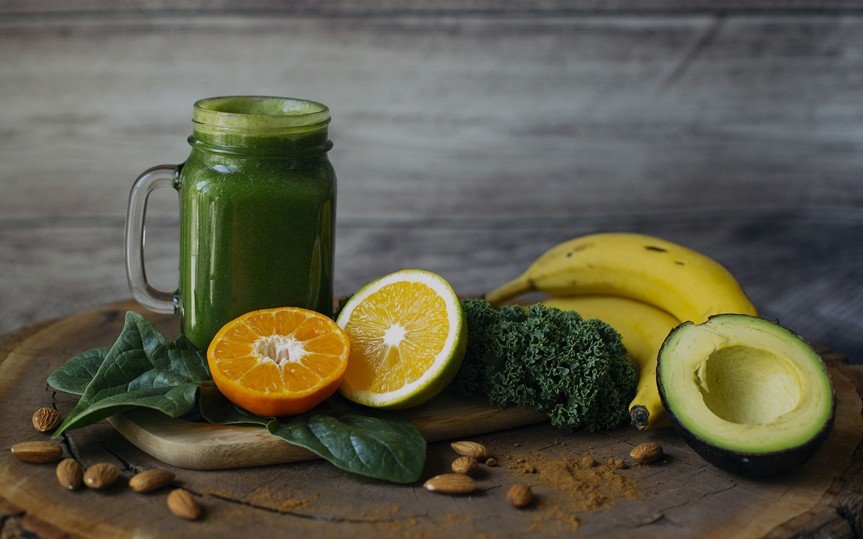Agric researchers are going round southern Nigeria to boost ginger farming, reveal its huge profitability and mobilise South-East and South-South farmers to join the new craze.
The Nigerian Export Promotions Council (NEPC) has also put its weight behind ginger production and export with the message that ginger can grow in the south too.
NEPC seems to also convince the oil region to try ginger economy as oil economy recedes; and the south-east and south-south seem to have bought the message, learning from experts that southern ginger is better than northern variant, and that Nigeria’s ginger is the best in the world.
At a ginger seminar in Port Harcourt last week organised by NEPC led in the zone by Joe Itah (South-South Zonal Coordinator), experts gave insight into the profitability of ginger. They educated farmers on technicalities from and acquisition, planting, mulching, weed control, fertilizing, harvesting, sorting, washing, warehousing, processing, and to export.
In a paper, Joy Nwaekpe, Principal Research Head/Acting Head of Adopted Village & Outreach School Unit, as well as the Value Chain Specialist from the National Root Crops Research Institute in Umudike, Abia State, took the participants through the entire value chain.
Read also: Firm to support 10,000 Delta farmers boost income
On profitability, she quoted Tridge’s research which put the profit at almost 200 per cent of invested capital, indicating that those who invest N1m will get almost N3m. This seems to motivate farmers in the south.
The Rivers State chairman of National Ginger Association of Nigeria (NGAN), Davis Busari, said it takes N3.5m to farm one hectare of ginger and that it could get to N4.5m if it is farmed in organic method. He said this has spurred the over 1000 NGAN members in Rivers State to target 20,000 ha in the next five years starting with 5,000 so far.
Nwaekpe, in her presentation, said Umudike has developed and supplied two scientific varieties: Umugin 1 and Umugin 2. She said Umugin 1, commonly called “Taffin Giwa” has a bold yellow rhizome and it is bigger in terms of the rhizome finger sizes which yields about 15 tonnes/ha) capacity and pungency.”
She also talked about what she called the black ginger or Umugin 2 which she said is locally called “Yatsun Biri”. She said the rhizome is dull-grey in colour which has higher pungency but has lower yield of about 11-12 tons per hectare.
She gave details of its good agronomic practices to get maximum yield and taste to fetch the highest profit.
An expert, Rubby Ross of CEO of CHC Agric Tech Africa, said the market for organic farming has recently significantly increased in response to concerns over food quality and environmental matters.
An agric engineer also from Umudike, Udoka Anosike, gave details in how to process ginger into different products and also for export. He said ginger is the king of spices and that spices are the new food in the international market.










